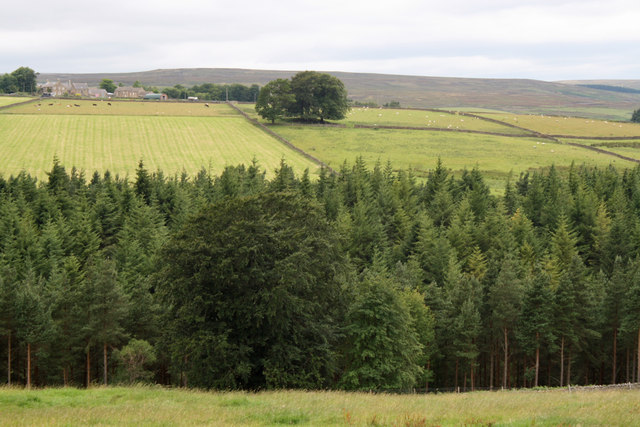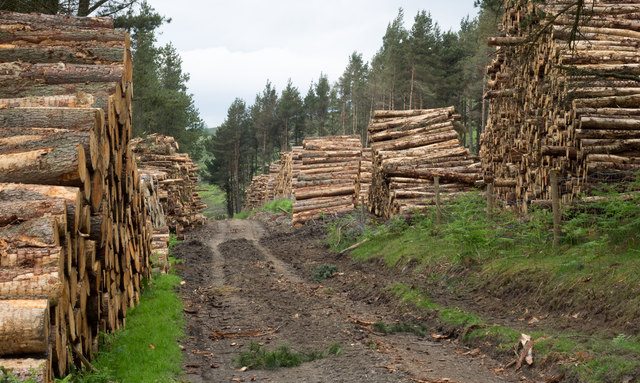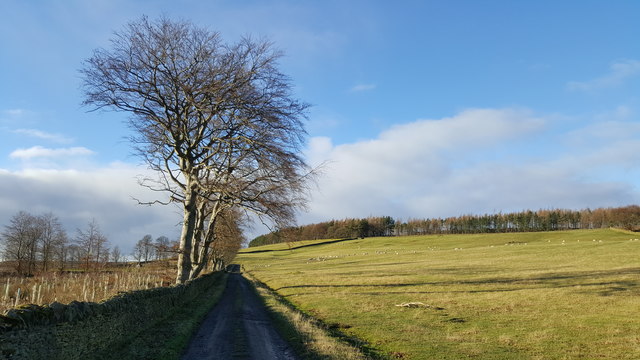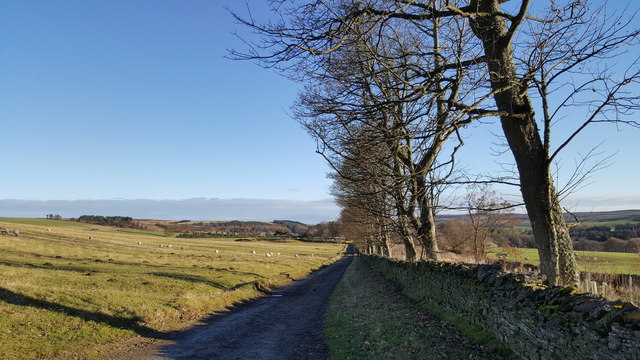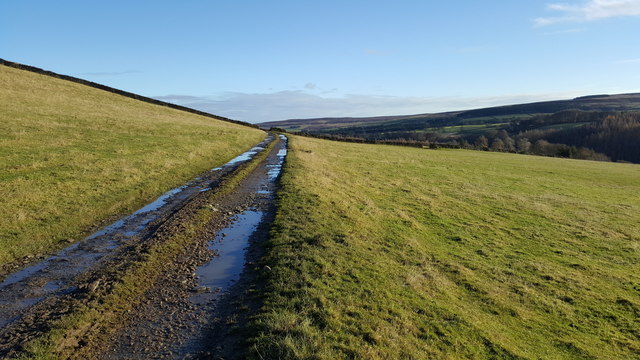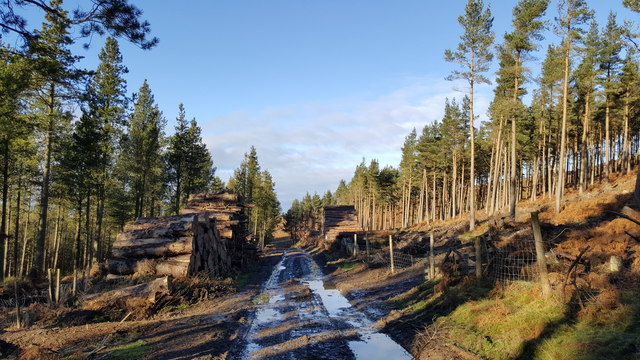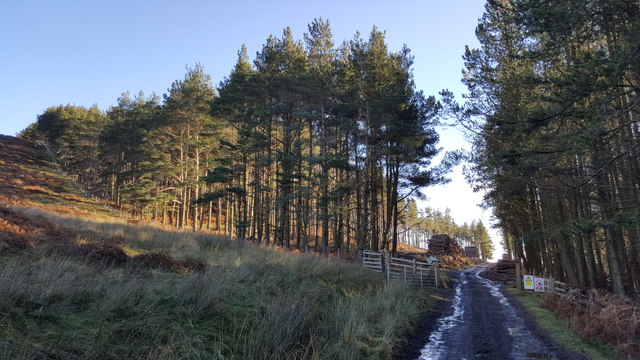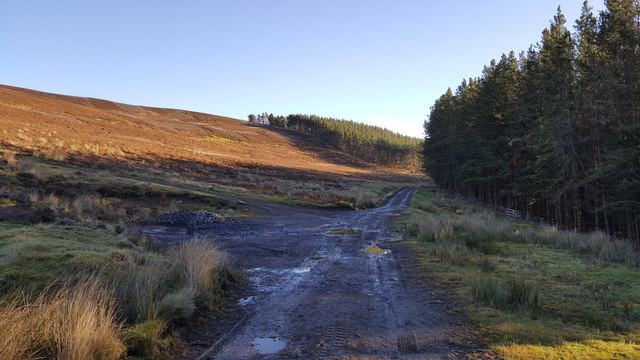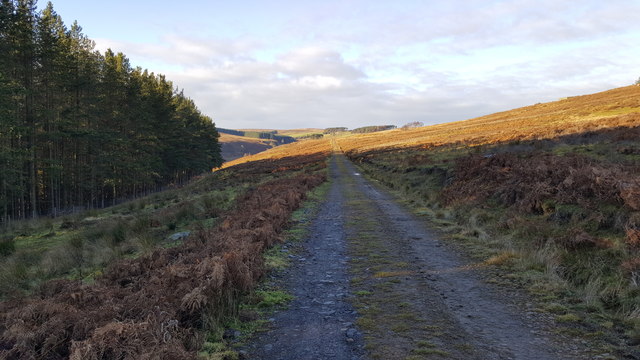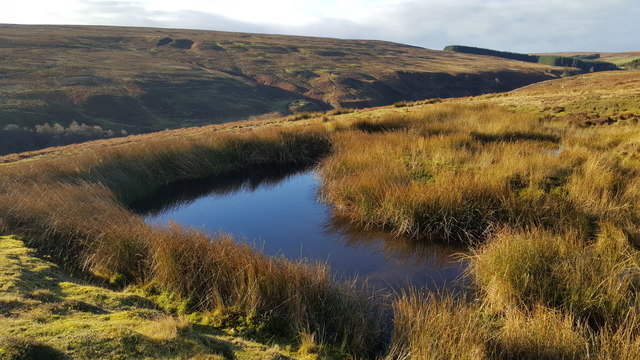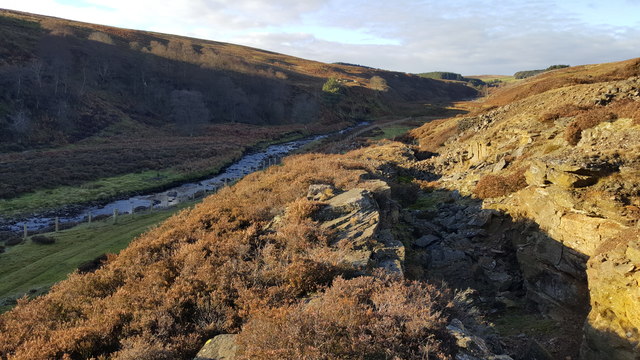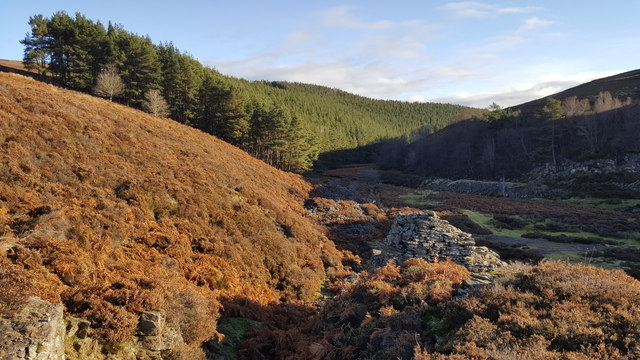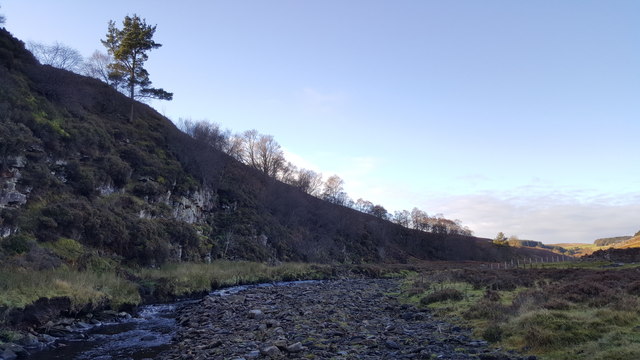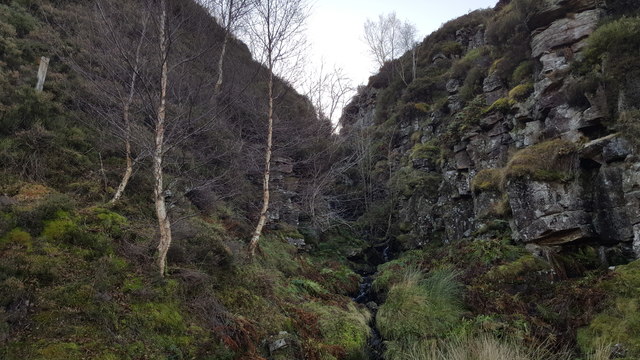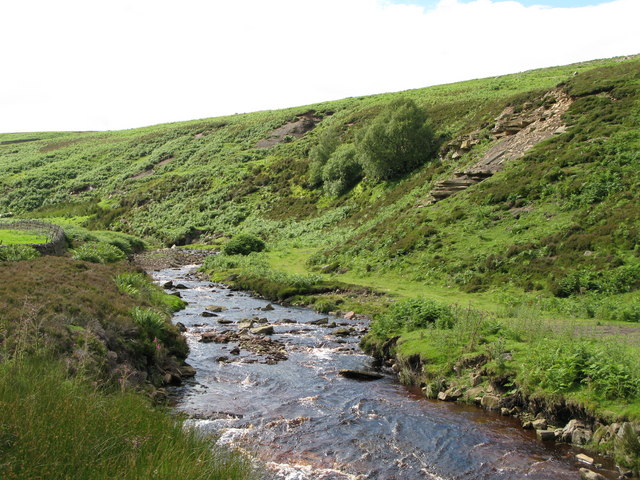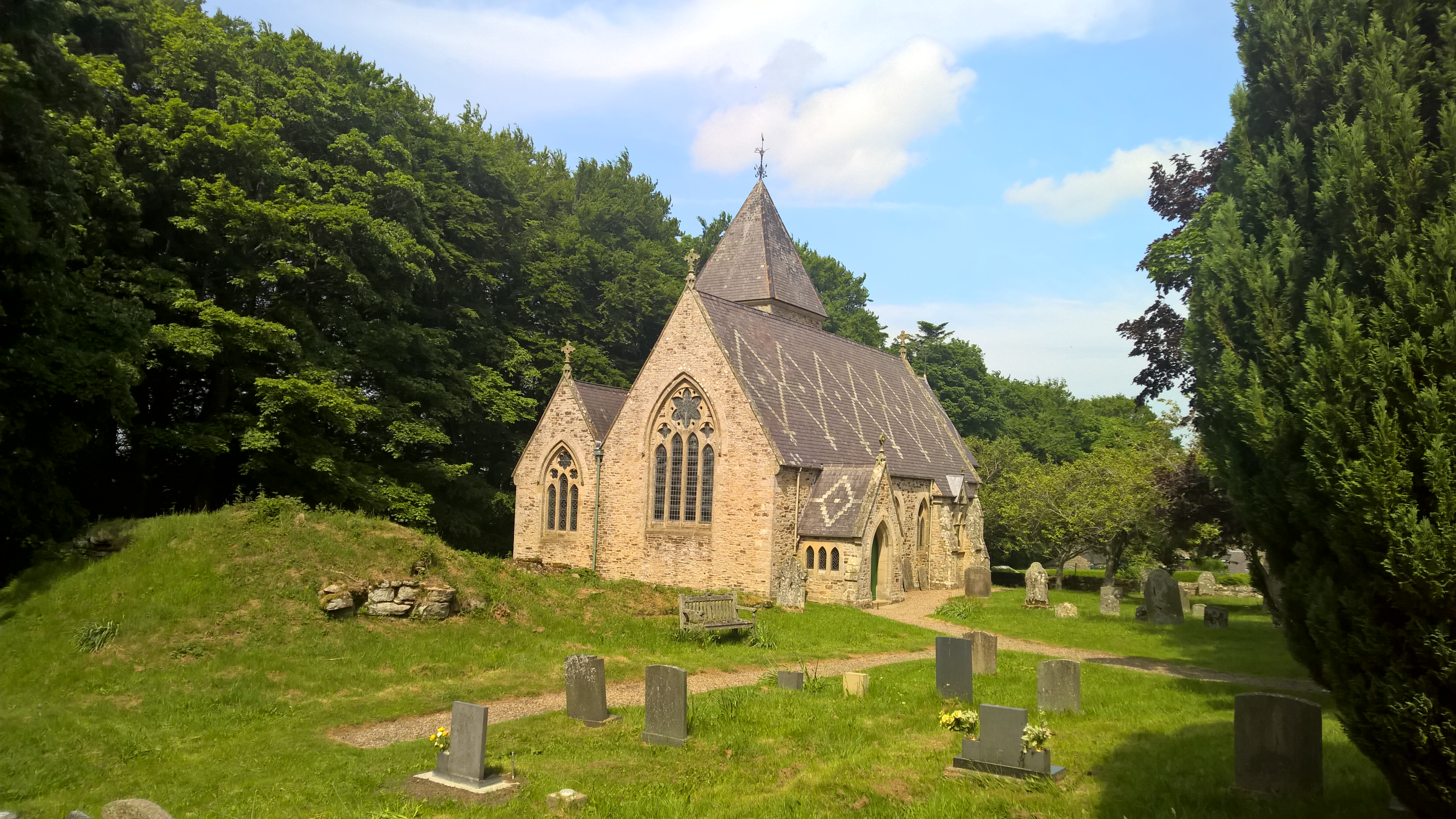Long Plantation
Wood, Forest in Northumberland
England
Long Plantation
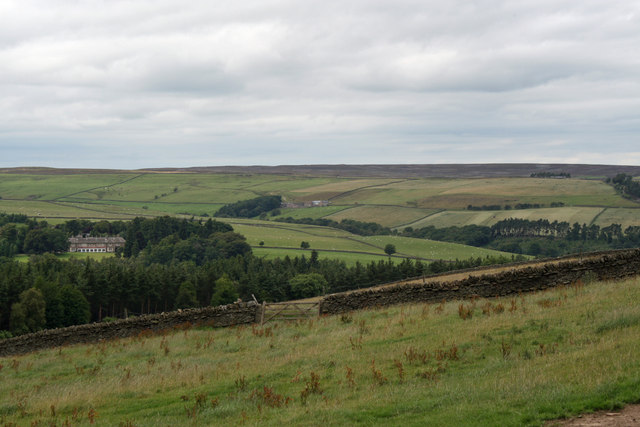
Long Plantation is a picturesque woodland area located in Northumberland, England. It spans over 500 acres and is renowned for its diverse range of plant and animal species. The plantation is situated near the small village of Long, nestled within the enchanting Northumberland countryside.
The woodland itself is predominantly composed of native tree species such as oak, birch, and beech, creating a stunning natural landscape throughout the seasons. The forest floor is adorned with an array of wildflowers including bluebells, primroses, and wood anemones, providing a colorful spectacle during springtime.
Long Plantation is a haven for wildlife enthusiasts, attracting a wide variety of birds, mammals, and insects. Birdwatchers can spot species such as tawny owls, woodpeckers, and buzzards soaring above the treetops. The woodland also supports a thriving population of red squirrels, badgers, and deer, making it a popular destination for nature lovers.
The plantation offers several well-maintained walking trails that wind through the woodland, allowing visitors to explore its beauty at their own pace. These trails provide opportunities for peaceful walks, jogging, or simply immersing oneself in nature. Along the way, informative signposts highlight the different tree species and wildlife that can be found in the area, enhancing the educational aspect of the experience.
Long Plantation is not only a haven for wildlife but also a place of tranquility and relaxation. Its natural beauty, combined with the soothing sounds of nature, makes it an ideal destination for those seeking respite from the hustle and bustle of everyday life.
If you have any feedback on the listing, please let us know in the comments section below.
Long Plantation Images
Images are sourced within 2km of 54.841904/-2.0871667 or Grid Reference NY9449. Thanks to Geograph Open Source API. All images are credited.

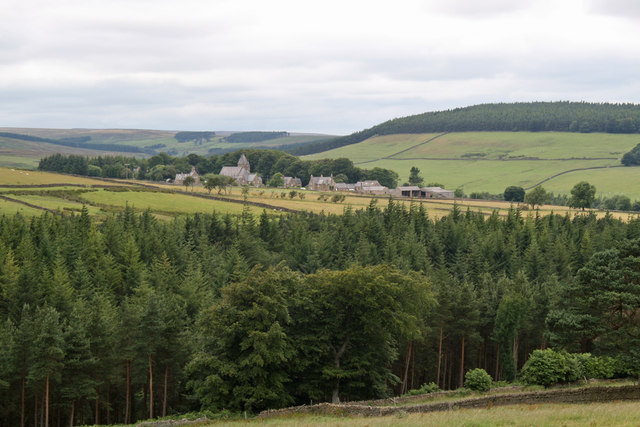
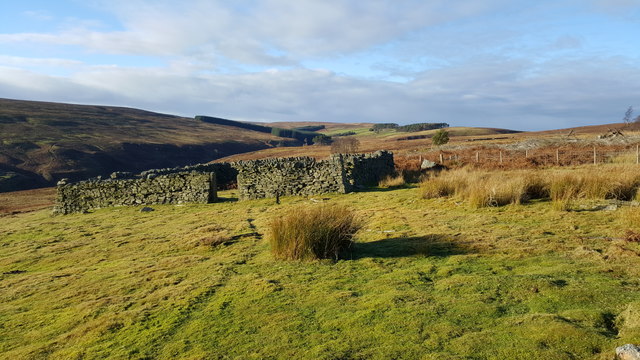
Long Plantation is located at Grid Ref: NY9449 (Lat: 54.841904, Lng: -2.0871667)
Unitary Authority: Northumberland
Police Authority: Northumbria
What 3 Words
///liquids.altering.magnitude. Near Slaley, Northumberland
Nearby Locations
Related Wikis
Beldon Burn
Beldon Burn is a headwater stream of the River Derwent in Northumberland and County Durham, England.It rises at Quickcleugh Moss as the Quickcleugh Burn...
Baybridge, Northumberland
Baybridge is a small village in Northumberland, England, just to the west of Blanchland and on the border with County Durham. It is situated to the west...
Townfield
Townfield is a village in County Durham, in England. It is situated just to the south of Hunstanworth and part of that parish, about 10 miles (16 km) west...
Hunstanworth
Hunstanworth is a village in County Durham, England. It is situated approximately 10 miles to the west of Consett, south-west of the village of Blanchland...
Related Videos
Baybridge ~ Newbiggin Fell ~ Nookton Fell loop with iWalksNE ~ 10.2 miles ~ Glorious!
Who would have thought a day after the battering of Storm Babet we would have clear-blue skies and perfect walking weather and ...
Harrison's Cross Blanchland
As far as I can tell, this cross like structure has no significant meaning, and was probably built to protect animals from the high ...
Blanchland & Slaley Forest, Northumberland - 6 March 2023
A 10 mile walk from Blanchland. The route heads east along the River Derwent until it reaches the Derwent Reservoir. Here the ...
Nearby Amenities
Located within 500m of 54.841904,-2.0871667Have you been to Long Plantation?
Leave your review of Long Plantation below (or comments, questions and feedback).
